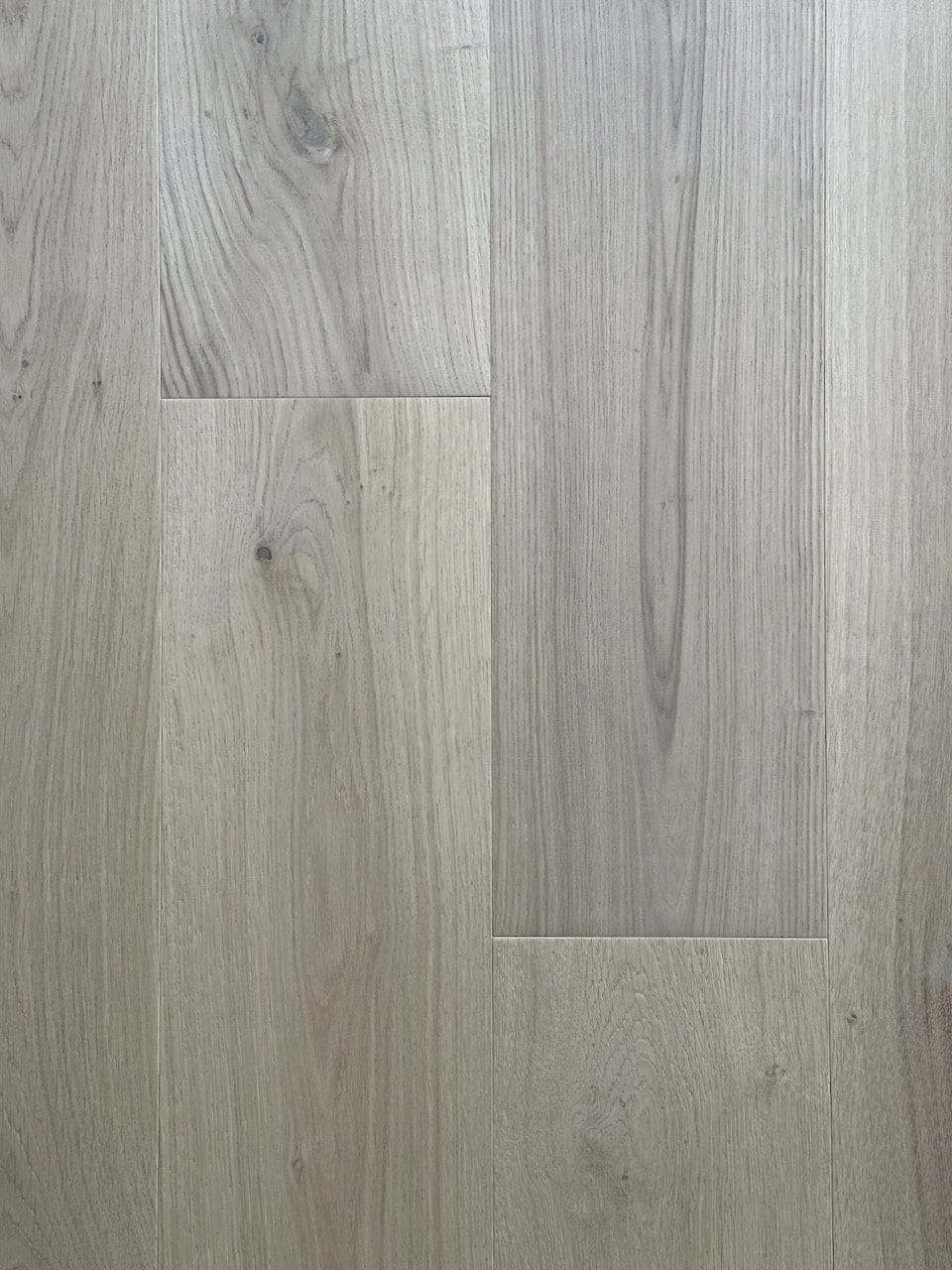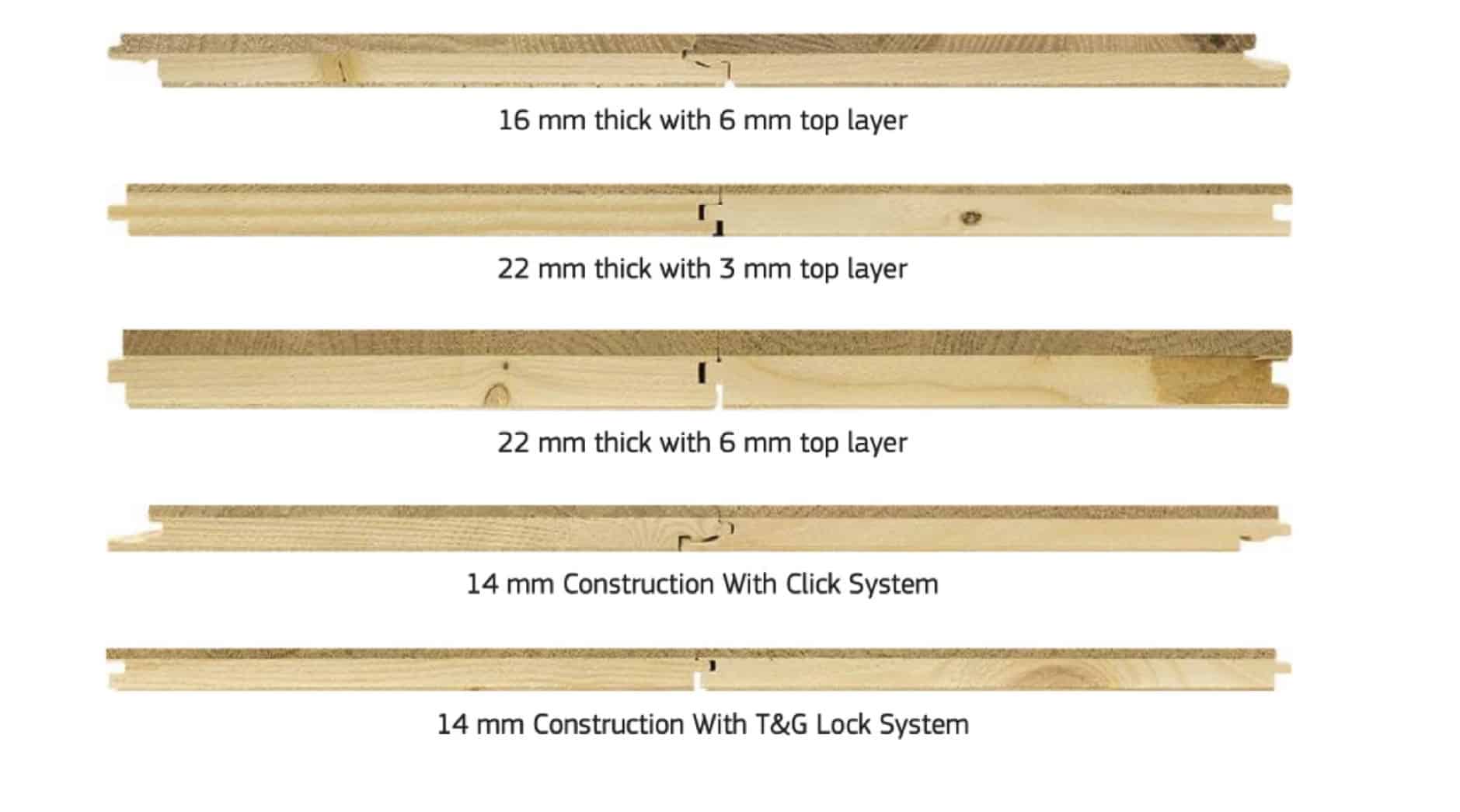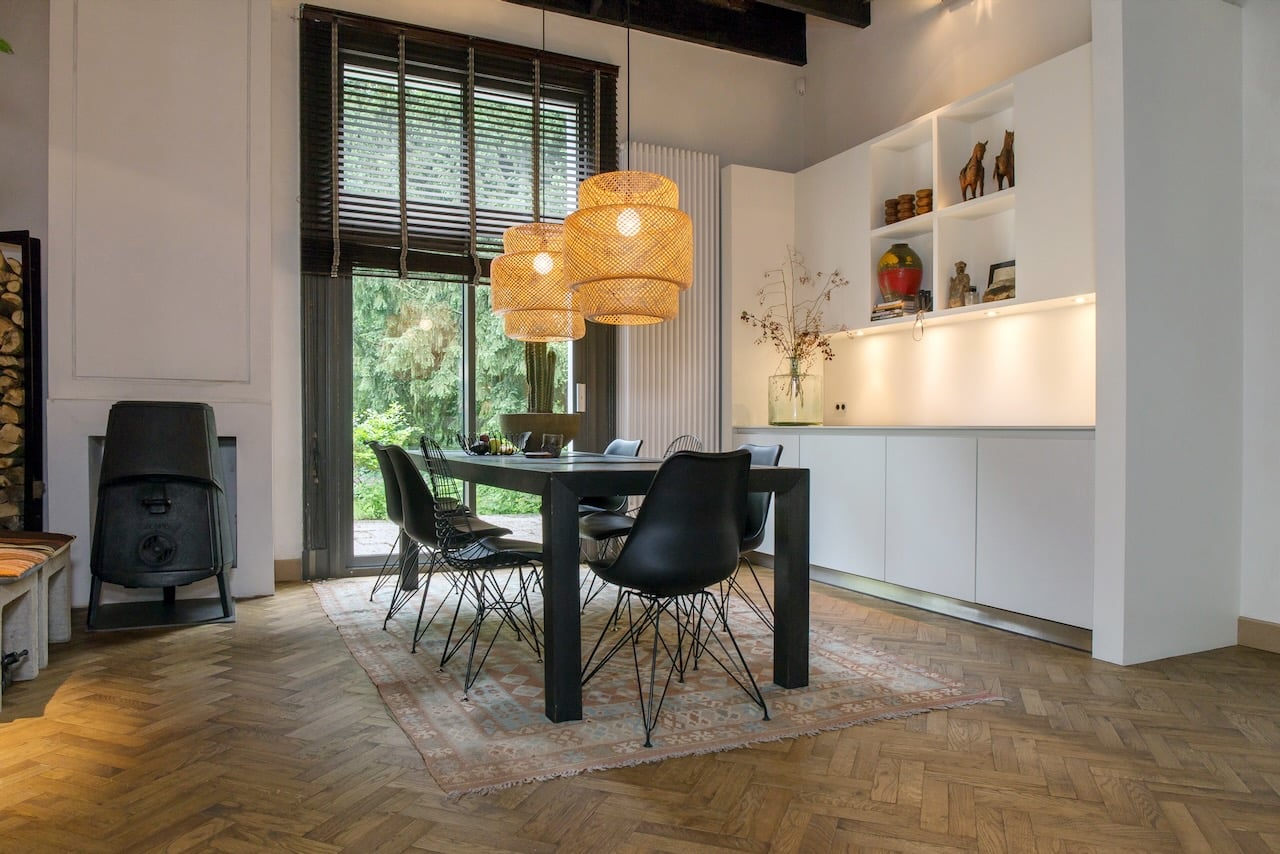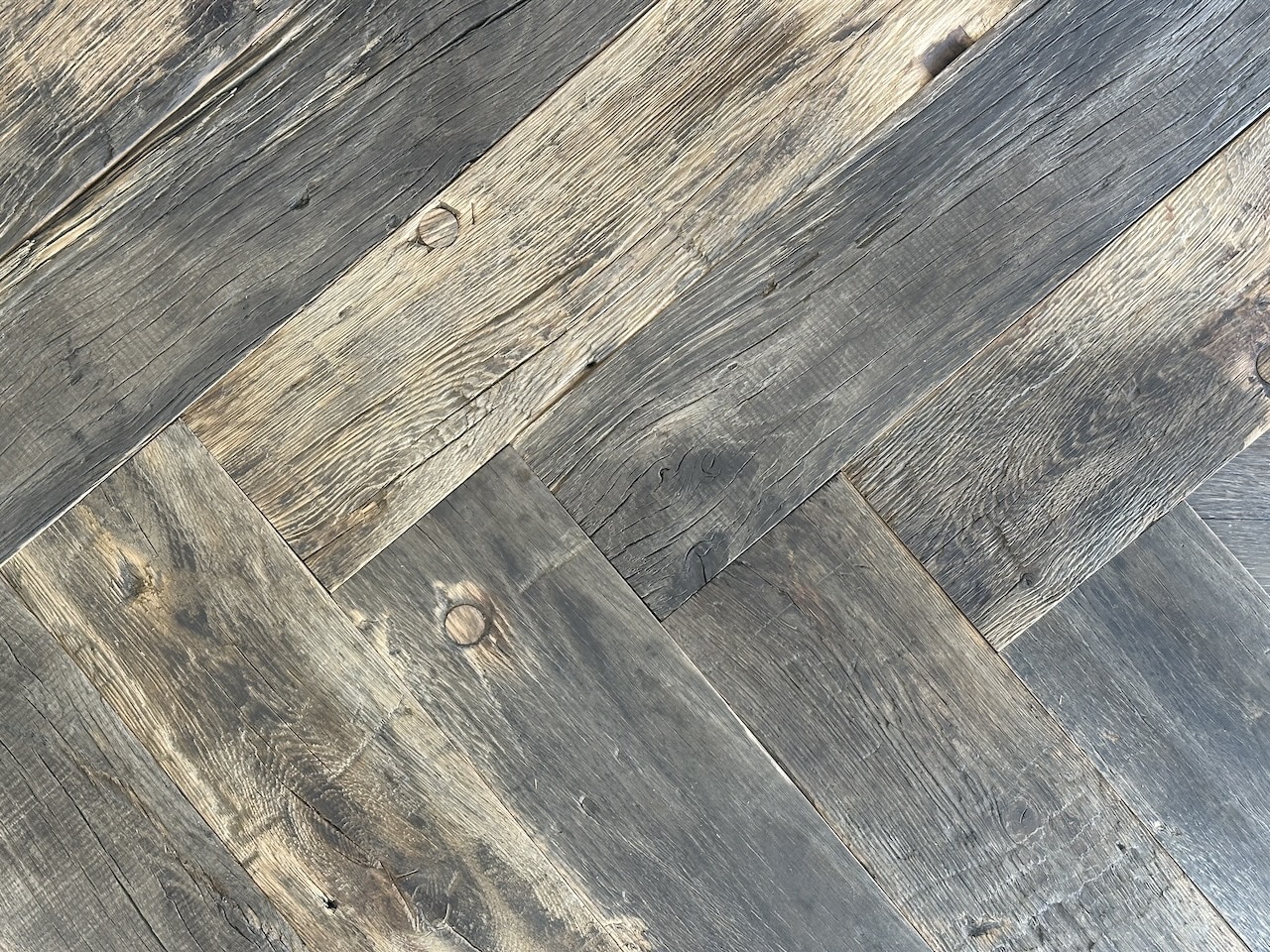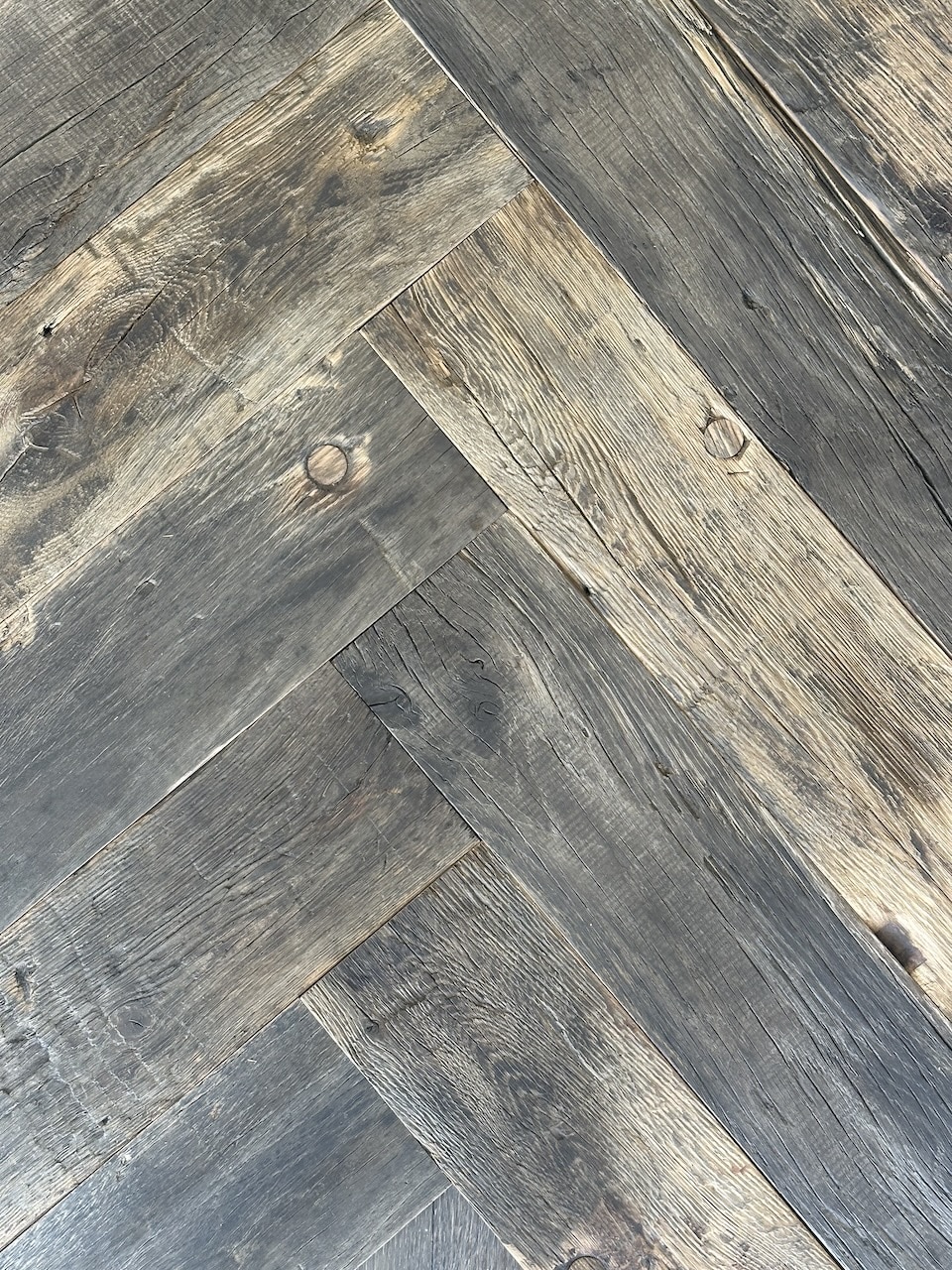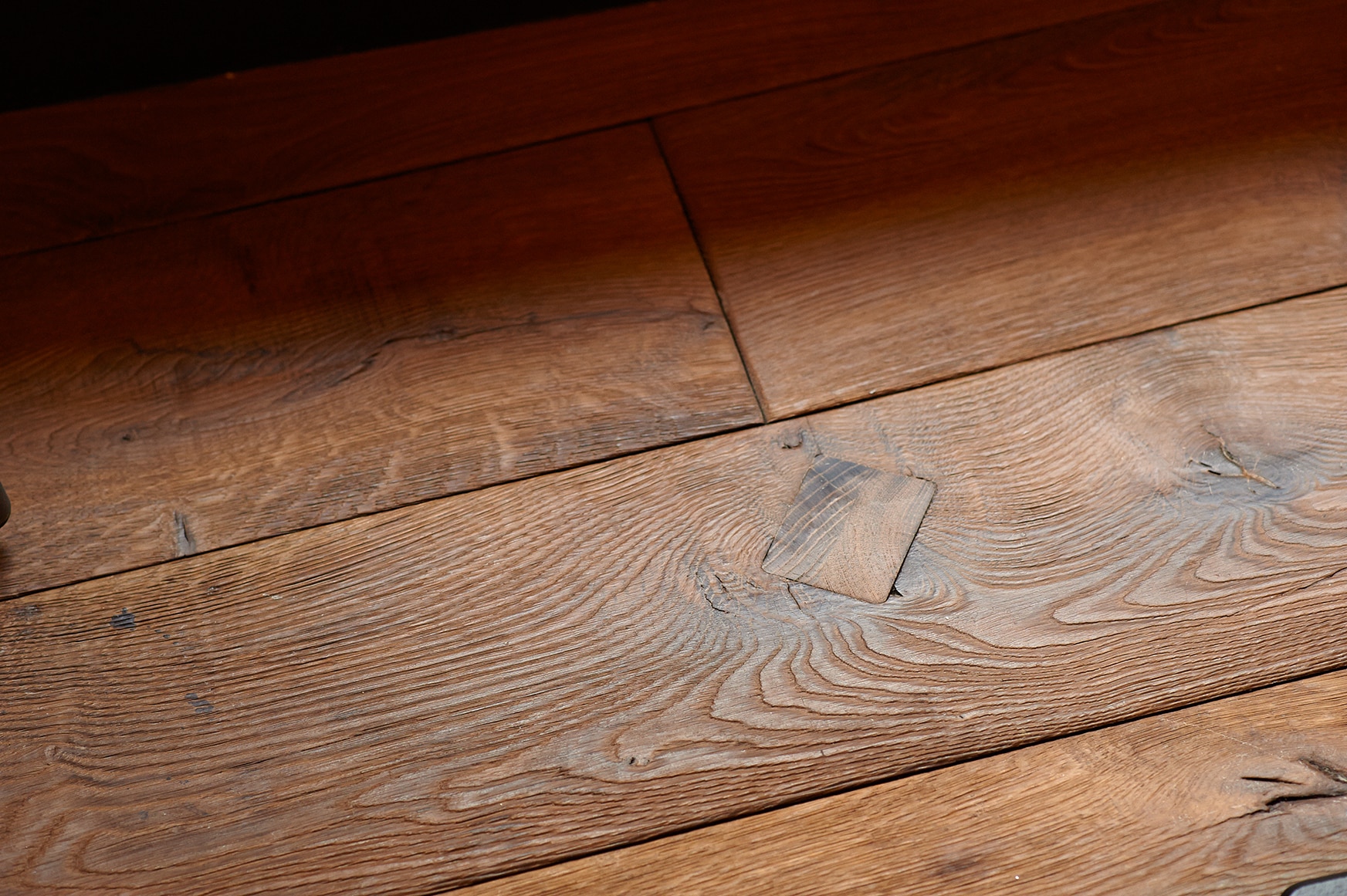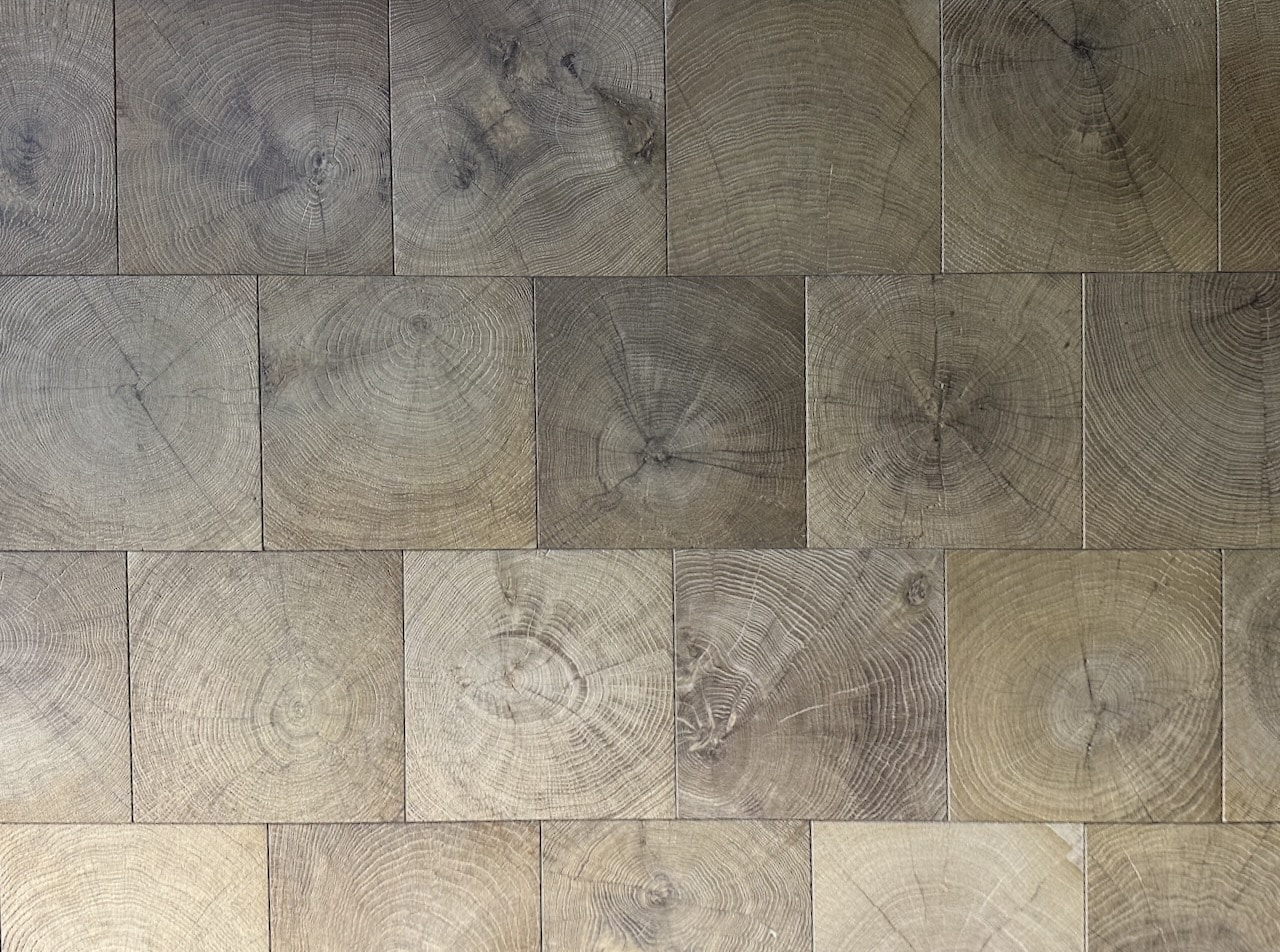Comparing the Cost of Maintaining Oiled Timber vs Lacquered Timber Floors
Oiling wood floors or lacquering; What is the best option for you with regards to maintenance?
A lacquered floor will have a little more sheen and you may notice a slight almost “plastic” film over the top of the floor. An oiled floor will feel more natural and the sheen will sit in the grain. When it comes to choosing the right finish for timber floors, homeowners often weigh up between oil and lacquer. Both finishes have their pros and cons, but the real difference often comes down to maintenance, cost, and longevity. In this article, we’re going to dive into the cost of maintaining oiled timber floors compared to lacquered floors, and why the choice you make impacts your floor’s future.
The protection systems on an oiled vs lacquered floor are quite different. A lacquered floor has a layer of protection that sits on top of the timber and prevents damage through physical shielding. An oiled floor is saturated with oil and this is what protects an oil floor from staining and other damage.
Oiled Floors: A Low-Disruption Maintenance Plan
Oiled timber floors require regular maintenance. On average, homeowners should expect to apply a maintenance coat of oil every 1 to 3 years, depending on the foot traffic and environment. The average area of timber flooring in a home in New Zealand is about 80m2. If we assume that NZ homeowners will engage a professional to maintain their floors, then we make some assumptions about general cost and disruption. That said, many owners of oiled wood floors prefer to undertake their own maintenance. If done by a professional a 80m2 floor may cost around $1,500 per maintenance session.
Here’s why oiled floors might be worth the regular upkeep:
- Flexibility: Floor oiling is far less disruptive than sanding and refinishing a lacquered floor. You don’t need to move out of the house or clear out rooms. The process is quicker and easier.
- No Reduction in Timber Lifespan: Refinishing is often required when lacquer wears down, but it’s not the timber that’s the problem. Timber can last over 100 years if cared for properly, but sanding it down with each lacquer application shortens the lifespan of the floorboards themselves.
- Improvement Over Time: Oiling wood floors actually improves the floor over time. As an oiled timber floor develops its character and patina, it gets better with age. The protective oils soak into the wood, enhancing its durability.
The Reality of Lacquered Floors
Lacquered floors, on the other hand, have a different story. While lacquer looks fantastic on day one, it deteriorates over time, particularly in high-traffic areas or spots that receive direct sunlight. Once the lacquer fails, the only way to restore the floor’s appearance is to sand it down and reapply the lacquer, which is a big job. Sanding and refinishing a floor can be disruptive to a household and often requires furniture removed from the spaces for around a week while the work is being undertaken. We estimate the cost based on an average of 80m2 of timber floor area.
Here are some points to consider about lacquered floors:
- Initial Appearance: Lacquered floors are at their best on the day they’re finished. They provide a hard, protective layer that resists scratching and wear.
- Cost of Refinishing: When the lacquer starts to fail (often after 10+ years), the only solution is sanding the entire floor and reapplying the lacquer, which can cost upwards of $12,000. This process also reduces the lifespan of the timber.
- Lifespan Impact: Every time you sand the floor to reapply lacquer, you’re removing a layer of the timber, which shortens the overall lifespan of your floorboards. The more often you do it, the more timber you lose.
“It’s usually not the wood that has failed when a floor need sanding, it is the protection system.”
Maintenance Is Key for Oiled Floors
One important thing to note: an oiled floor needs proper maintenance. Without regular cleaning and oiling, the floor will dry out. And once that happens, it’s much more susceptible to staining. If your oiled floor gets dry, it will absorb stains and damage easily.
So, while oiling wood floors provides flexibility and longevity, it’s only a good option if you (or your clients) are committed to regular maintenance. If you aren’t ready to maintain the floor consistently, you might want to reconsider and choose a finish that requires less upkeep.
Key Takeaways for Homeowners
Here’s a quick comparison to help you decide between an oiled floor and a lacquered one:
Oiled Timber Floors:
- Require maintenance every 1 to 3 years.
- Costs around $1,500 per maintenance session.
- The process is low disruption—no need to sand or move out.
- Improves over time, with added character and durability.
- Requires regular upkeep. If neglected, an oiled floor will dry out and become more susceptible to stains.
Lacquered Timber Floors:
- No maintenance needed for the first 10+ years.
- Requires sanding and refinishing after lacquer wears down, costing around $12,000.
- Every sanding shortens the timber’s lifespan.
- Looks best on day one but deteriorates over time, especially in high-traffic and sun-exposed areas.
The following diagram provides a general comparison of the condition of oiled and lacquered timber floors between maintenance cycles, as well as a cost comparison for each type of finish.

Choosing between an oiled or lacquered timber floor isn’t just about how it looks—it’s about the long-term maintenance and costs. Oiling wood floors provides a beautiful, flexible option that can last for years if maintained properly, but it does require a commitment to upkeep. Lacquered floors, while stunning at first, need costly sanding and refinishing to restore them after the lacquer fails.
At the end of the day, if you’re looking for a timber floor that gains character with age, oiling is the way to go. But if you prefer a finish that’s lower maintenance (at least for the first decade), lacquer might be a better fit. Just remember, the longevity of your floor depends on how you care for it, so choose wisely.
For more advice on floor oiling, timber floor cleaning, and the costs involved, feel free to get in touch with our team or visit our Knowledge Pages. We’ll help you find the right finish for your timber floors!
Interested in oiling your own floor? Take a look at FirstFloor, where you can rent an orbital buffing machine to make the job super easy.
Interested in maintenance products for your timber floor? See oiled floor maintenance products here. Lacquered floor maintenance products here.
Other Articles That May Interest You
- The Difference Between Oiled and lacquered Timber Floors
- Maximising the Lifespan of Your Timber Floors
- How to Know When It’s Time To Oil Your Timber Floor

